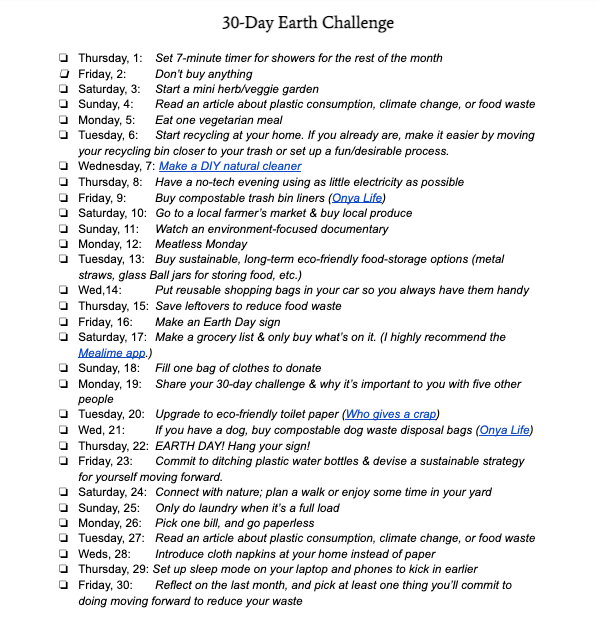How fast do these things biodegrade if left in the environment?
Vegetables? 5 days – 1 month
Paper? 2–5 months
Orange peels? 6 months
Tin cans? 50–100 years
Styrofoam cups? 500 years to forever
Plastic bags? 500 years to forever
500 years to forever 500 years to forever 500 years to forever 500 years to forever 500 years to forever 500 years to forever 500 years to forever 500 years to forever 500 years to forever 500 years to forever 500 years to forever 500 years to forever
When I stop for a moment and think about how much plastic I use regularly because of laziness and inconvenience, I don’t know about you, but I experience deep shame.
About five years ago, I first learned about the Great Pacific Garbage Patch from a friend and colleague, Lindsay Thibeault.
I’d never heard of it before.
If you haven’t heard of it before, it’s a garbage patch full of plastics and trash in the North Pacific Ocean. It’s said to be TWICE the size of Texas. The patch is also believed to have increased “10-fold each decade” since 1945, and it’s estimated that by 2050, there could be as much plastic, as there are fish, in the ocean.
I remember thinking, holy cow, how have I never heard of this before? How could I be so careless (I was using AT LEAST 2 new plastic cups at work every day)? How could it be possible to deny the impact humans have on the planet when we look around? And worse of all, how could I stand by and do nothing?
To say plastic pollution is a widespread problem is not doing it justice:
- Only about 9% of all plastic ever made has likely been recycled, with 12% of all plastic waste being incinerated. The remaining 79% has accumulated in either landfill or the natural environment if not still in use.
- One million seabirds and 100,000 marine mammals die each year from plastic pollution in our oceans.
- In one study by the U.S. Centers for Disease Control, nearly 93% of people tested positive for BPA.
- Sperm counts have dropped almost 60% since 1973 due to the PFA chemicals (known as “forever chemicals†found in everything from plastic containers and food wrapping, to waterproof clothes, and fragrances in cleaning products, etc.
We have done small things in our house here and there to try and make a difference: go veggie, remove plastic straws, remove plastic storage containers, stop buying from Amazon, always run full loads of laundry, buy less things/clothes, educate ourselves — BUT there’s more we can be doing.
That’s why I’m dedicating this month’s 30-Day Challenge to Mother Earth.
It’s so fitting, too, considering April 22 is Earth Day!
I put together this 30-day challenge for any of those who want to participate. If you can’t do it all, that’s okay; even doing just a few of the items will make a difference!
Here’s the 30-Day Earth Challenge:

These next 30-days are coming whether we want them to or not, why not do something wonderful for the earth. Who’s with me?